Today many types of animals are traveling the world like humans, populating countries they’ve never stepped in before. This is not always the case, because of their closed ecosystems islands like Australia and rainforests produce unique and interesting species, which can hardly adapt to any other environment. This list only scratches the surface when it comes to the great diversity in special creatures on the planet Earth.
Komondor Dog
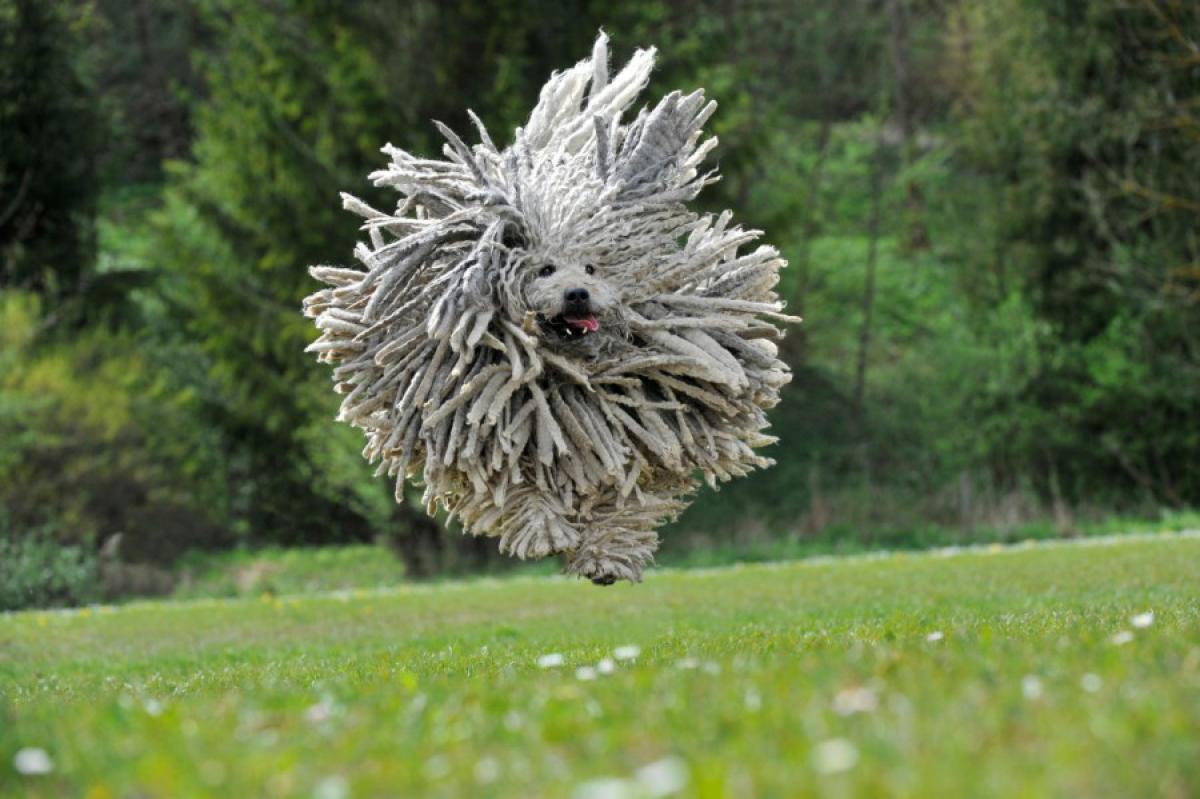
This big Hungarian dog is very unique once you set your eyes on it. Its fur is very thick and resembles a mop, thick cords cover most of the dog’s body. It looks like dreadlocks even. Despite being big and having perhaps the heaviest fur coat of all canines, Komondor dogs are very fast and agile, securing them a place as guard dogs and shepherds. The puppies are not born with thick cords of fur, they develop it later and are almost always white. Komondor dogs are surely one of the hardest to wash dogs in the world.
Red Panda
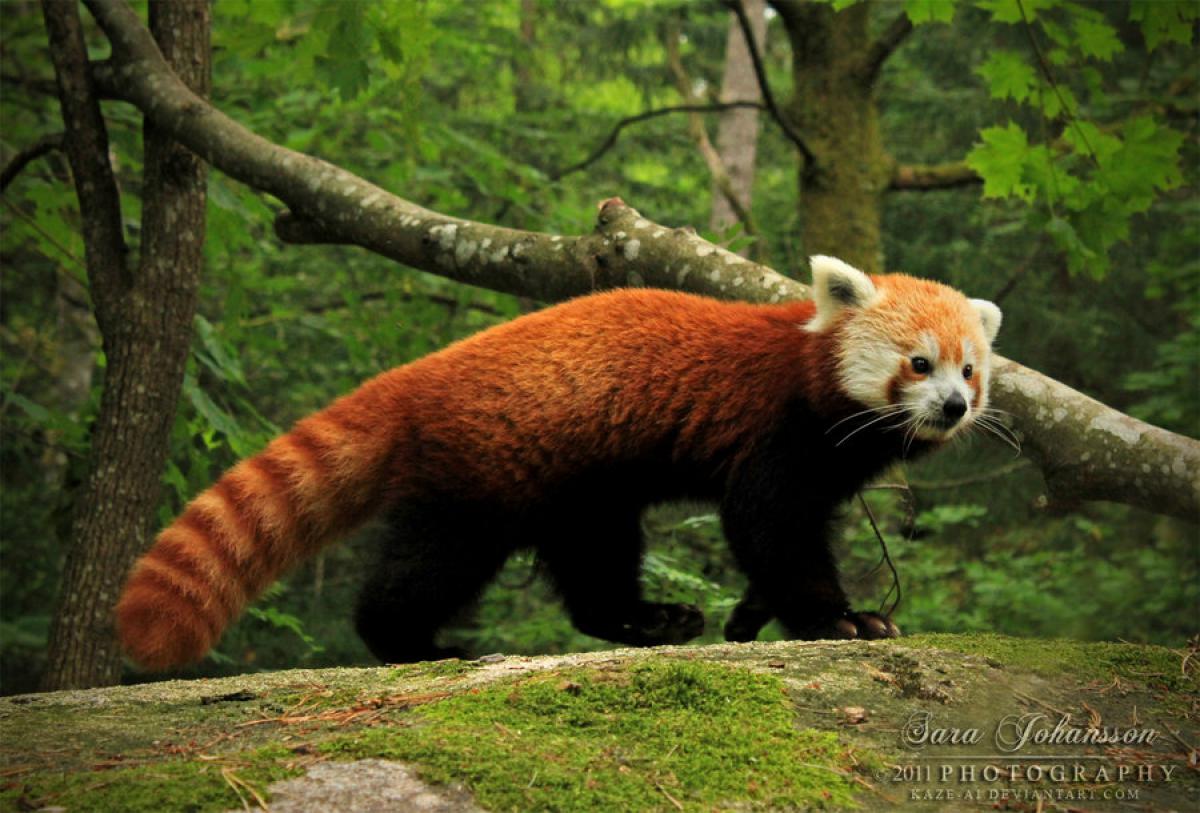
This cute animal has little to share with its cousin the Giant Panda, in fact the Red Panda looks more like a cat or a raccoon. Its fur is red, its tail is furry and its size is relatively small, only about 50-60 centimeters, and is especially cuddly. The creature lives in the Easter Himalayas and unfortunately its numbers constantly decline, currently there are about 10 000 Red Pandas left. Differences from the normal bears include its ability to climb trees and to eat pretty much everything, from bamboo and eggs to small mammals.
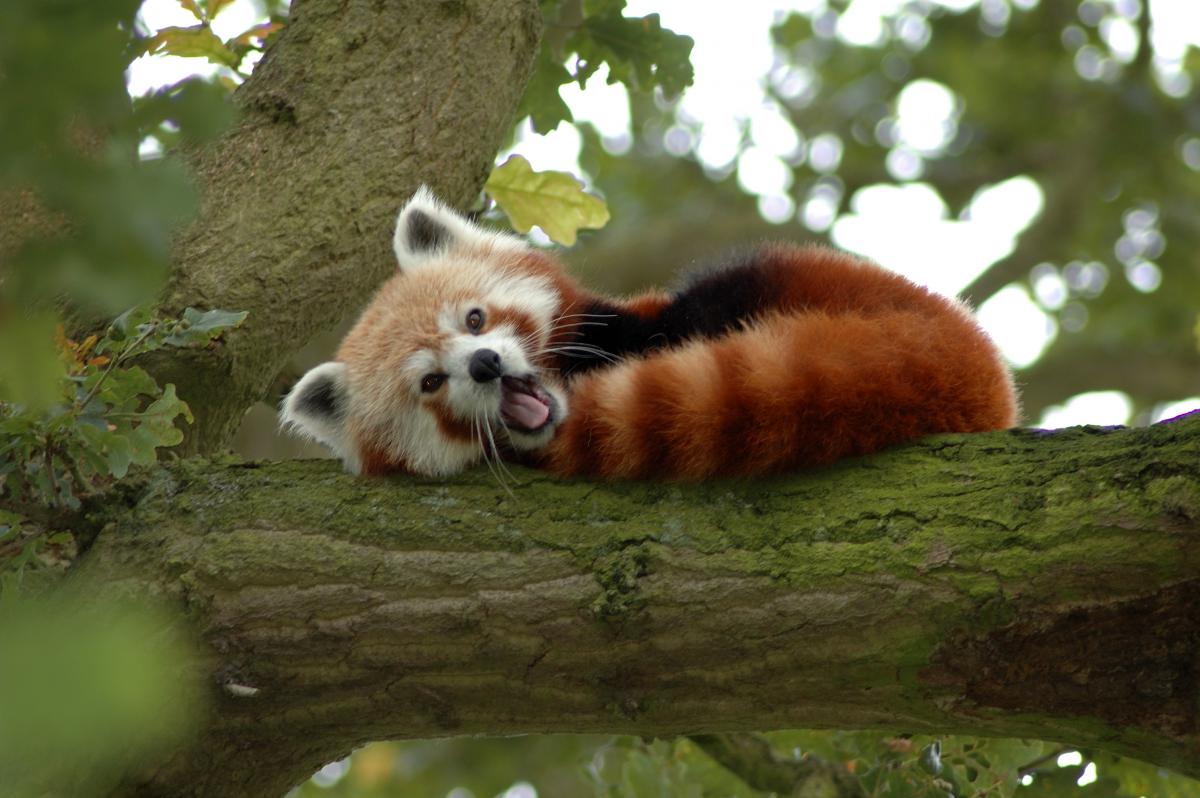
Sloth
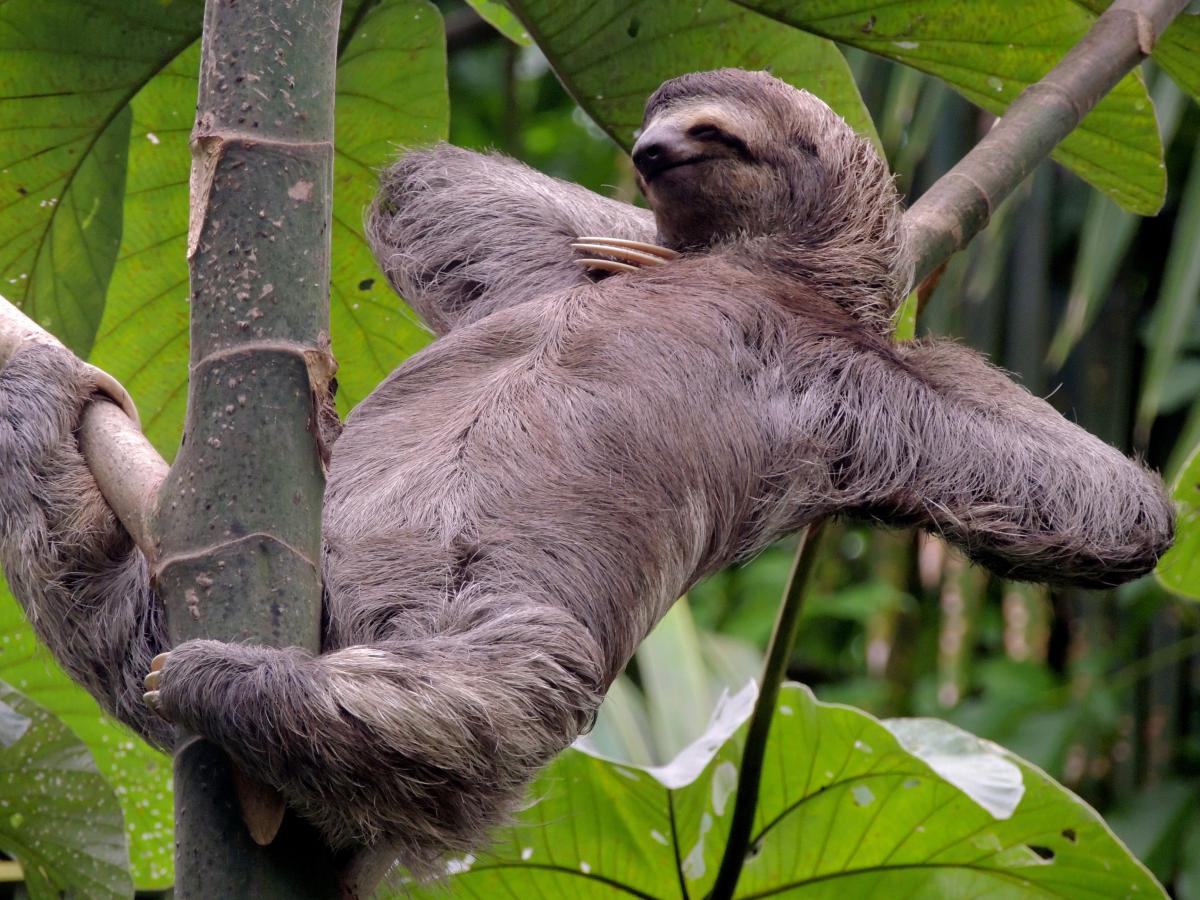
One of the scariest animals you’ll ever see is also one of the slowest buggers on the planet. Sloths live in Central and South America, have huge claws, which help them climb/stay on branches, and their face will give you nightmares(or make you laugh). But why are they so slow? As it turns out the leaves they eat contain very little energy, so they adapted by digesting them very slowly, sometimes for up to one month. Since the digestion and energy intake are slowed down so are their metabolism and motor functions. If you want one as a pet make sure to not feed it too much.
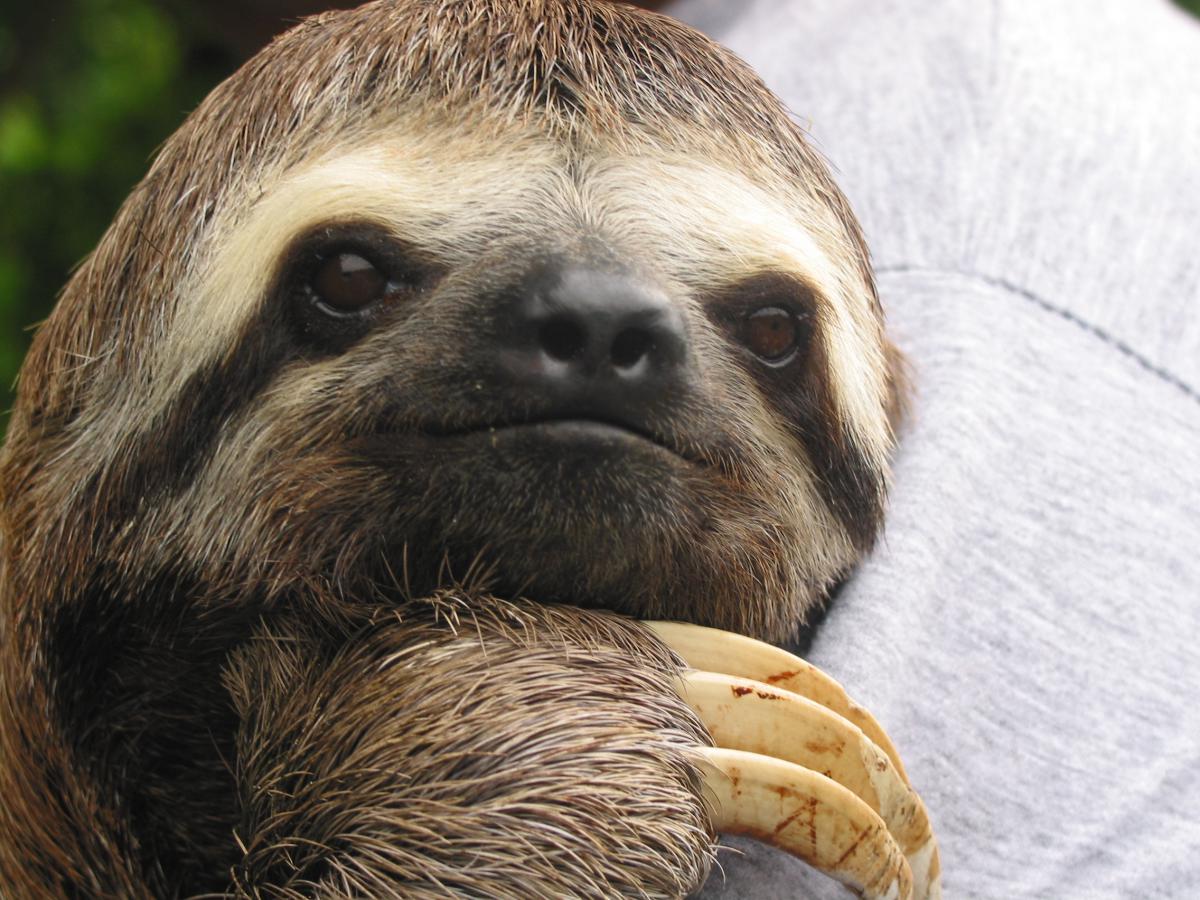
Tapir
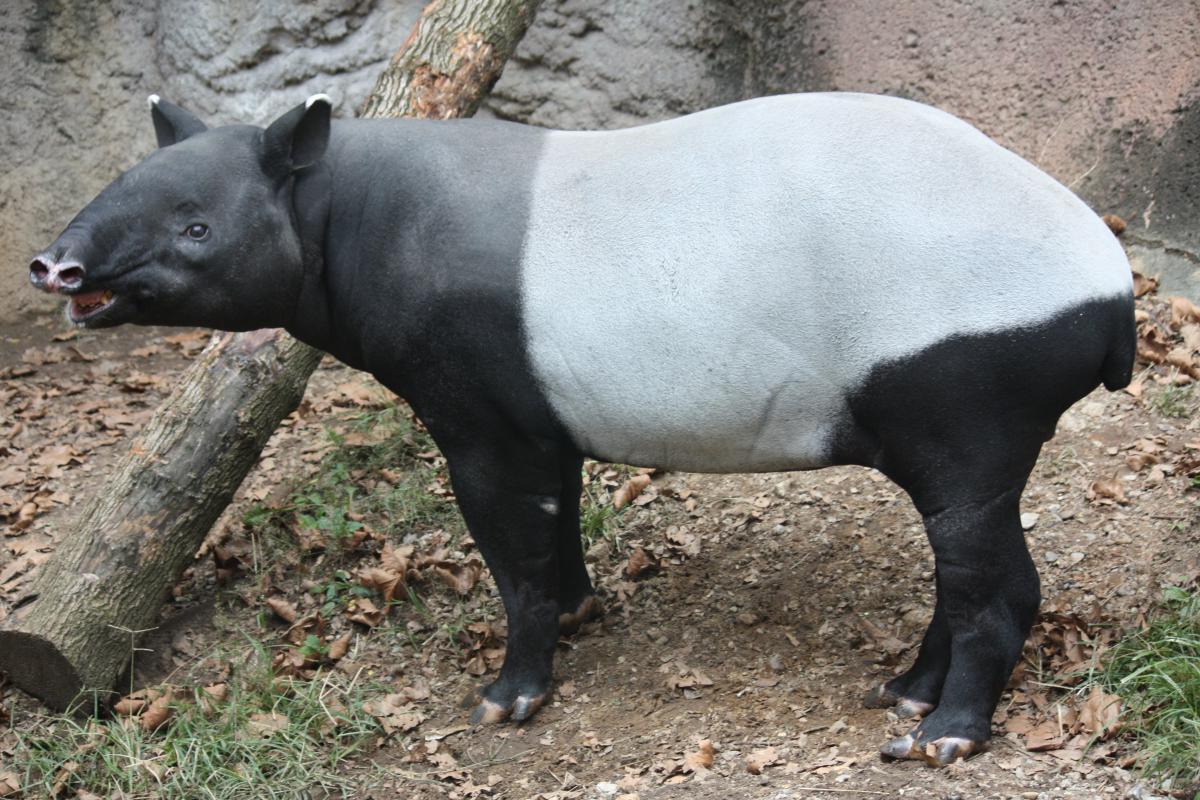
Another strange animal, the tapir looks like a boar with a small elephant trunk on its nose. Of course in reality they are connected to the rhinos and horses, go figure. A native of South America and Southeast Asia, the Tapir is a member of a peculiar group of animals, which has not changed much for millions of years. They spend their days eating leaves and fruits with the help of their trunk and bathing in the rivers. They are surprisingly good swimmers for their size. The biggest tapir ever found weighted 363 kilograms, but the species are not known to attack humans.
Armadillo
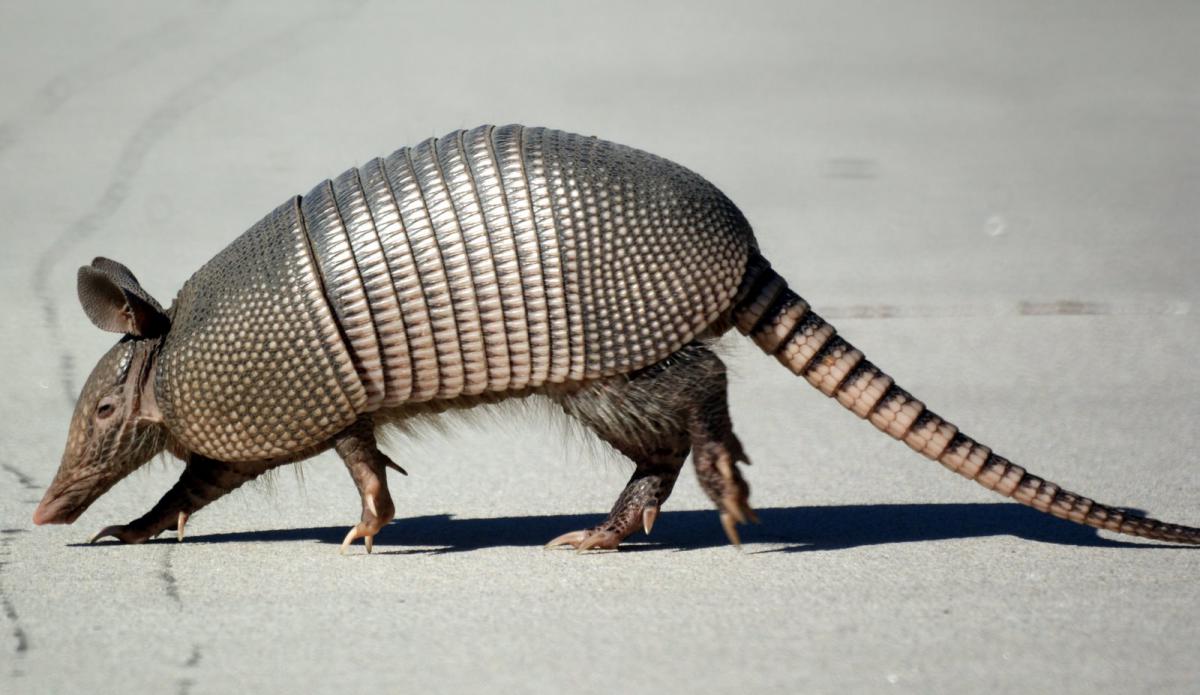
This armor wearing mammal is the only one of its kind, surprisingly related to the very differently looking sloths. It is a small creature with a bone shell on top of its body, head and even legs. Its name comes from the Spanish explorers, who found it. The different types of armadillos live predominantly in South America, with only one reaching the borders of USA. They are very vulnerable to cold weather, this is why they use their big front claws to dig holes in the ground. The armadillos, like most other animals on this list are an endangered species.
Aye-Aye
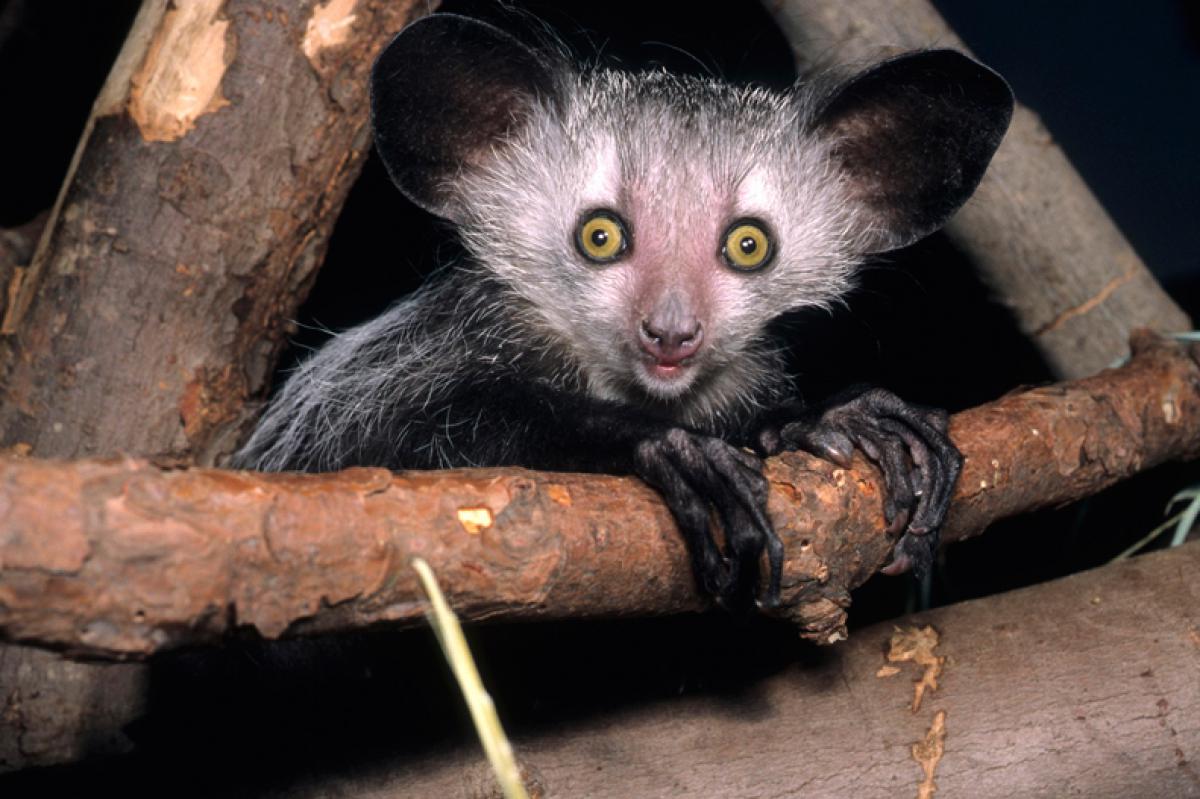
A weird name for a very weird animal. The Aye-Aye is a monkey type of thing, living only in Madagascar. They are small creatures with big eyes, big ears, big fingers and a big tail, spending their entire lives on tree branches in the rainforests. They are nocturnal creatures, which means they sleep during the day and go hunting during the night. How it
feeds is very interesting, the Aye-Aye is basically an woodpecker looking for larvae. It taps the tree trunk with its middle finger and if it finds something it dangles it out with the same finger. Delicious!
Frilled Lizard
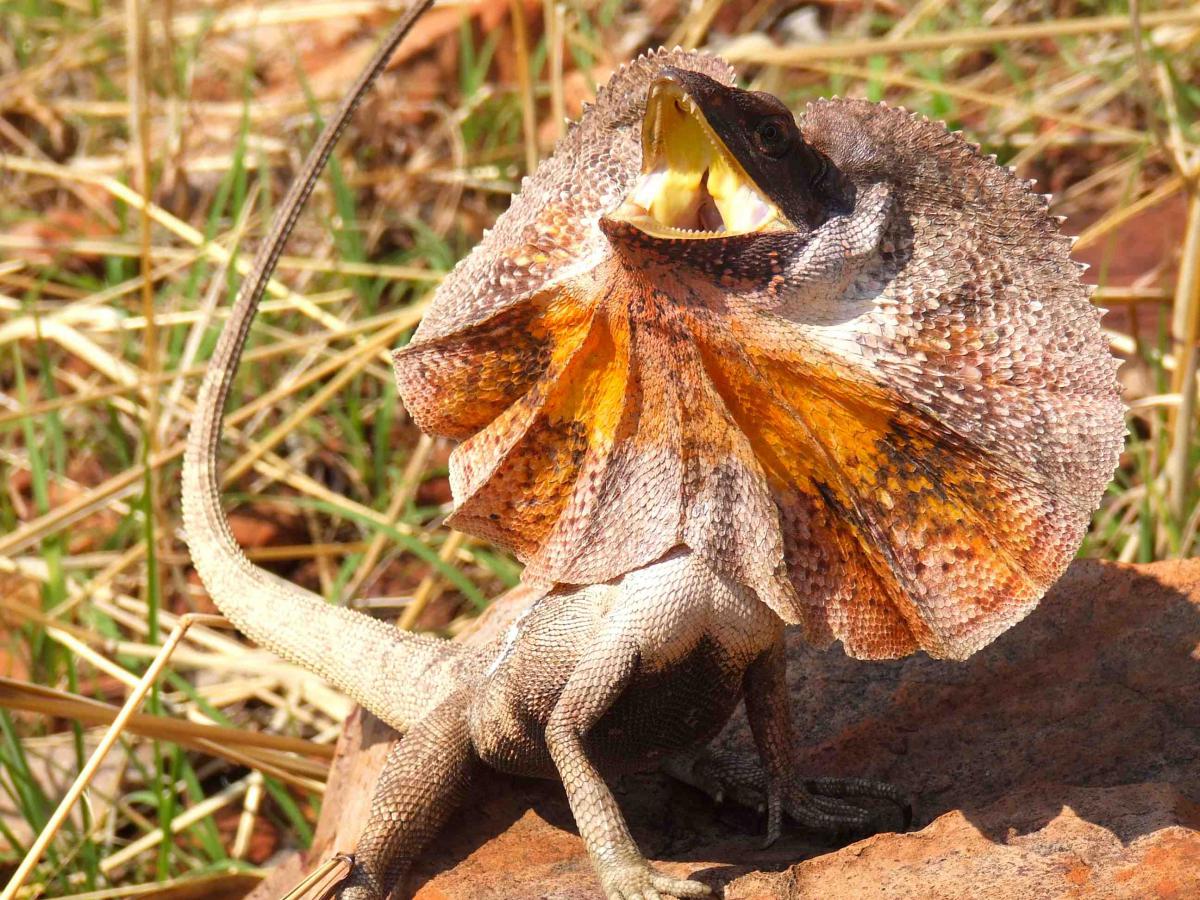
Australia has a whole host of unique and interesting animals. This one has a lovely quirk – when it gets scared it expands the leather hood on its neck like and umbrella. It is certainly not a pleasant sight, nor are the sounds it makes any friendlier. Even though this member of the dragon family spends his days mostly on the trees, when it occasionally has to run on the ground it does it on its hind legs, a very funny sight especially when its “umbrella” is fully open.
Narwhal
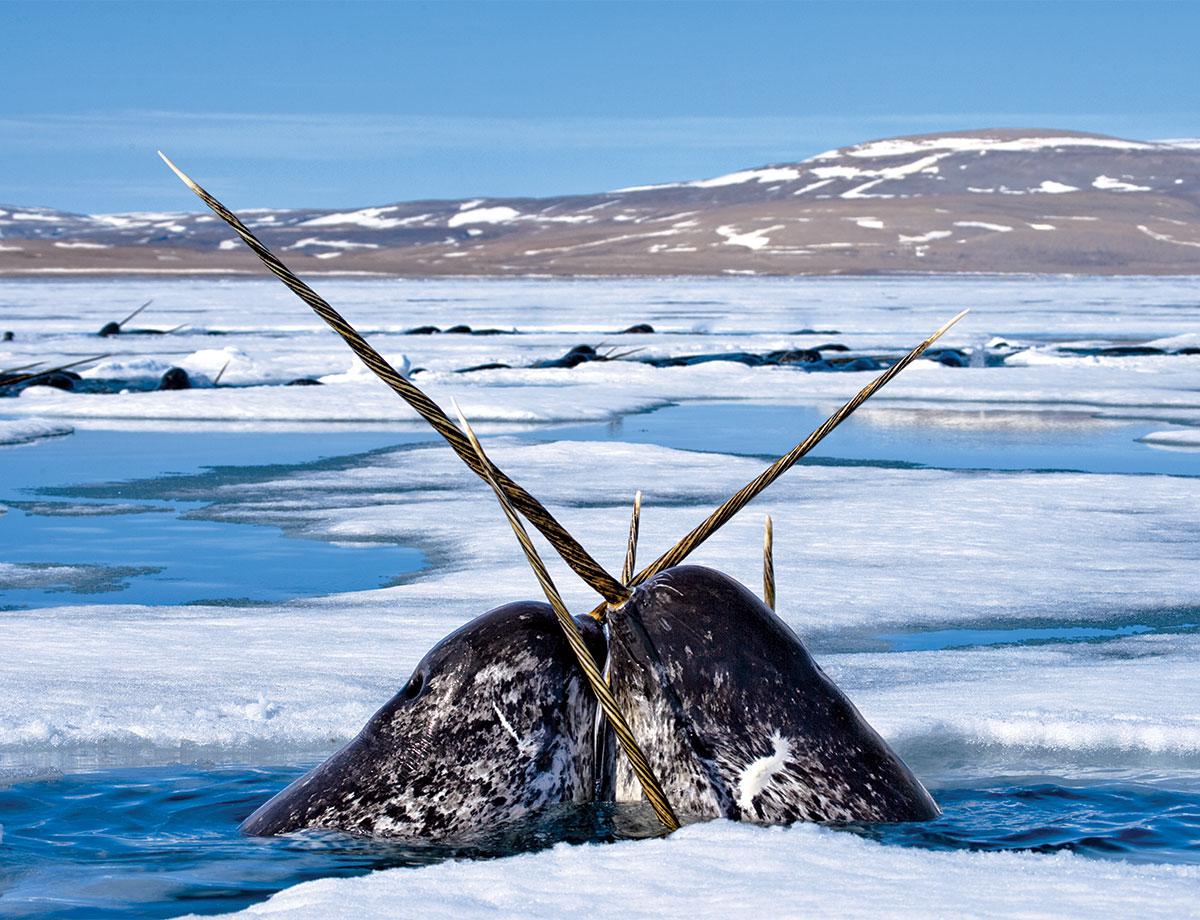
Unicorns do exist, at least under the water. These whales are native of the Arctic ocean and rarely go to the south. The tusk on top of their heads is in fact a tooth, which can be used as a sensor(or in fights). Interestingly enough some Narwhals don’t have a tusk, while others have two. They spend their lives close to the ice, hunting for fish and squid to eat. Narwhals usually stay close to the surface, it is easy to see groups of them while traversing the cold waters. Unfortunately human intervention have made them a rare sight.
Blobfish
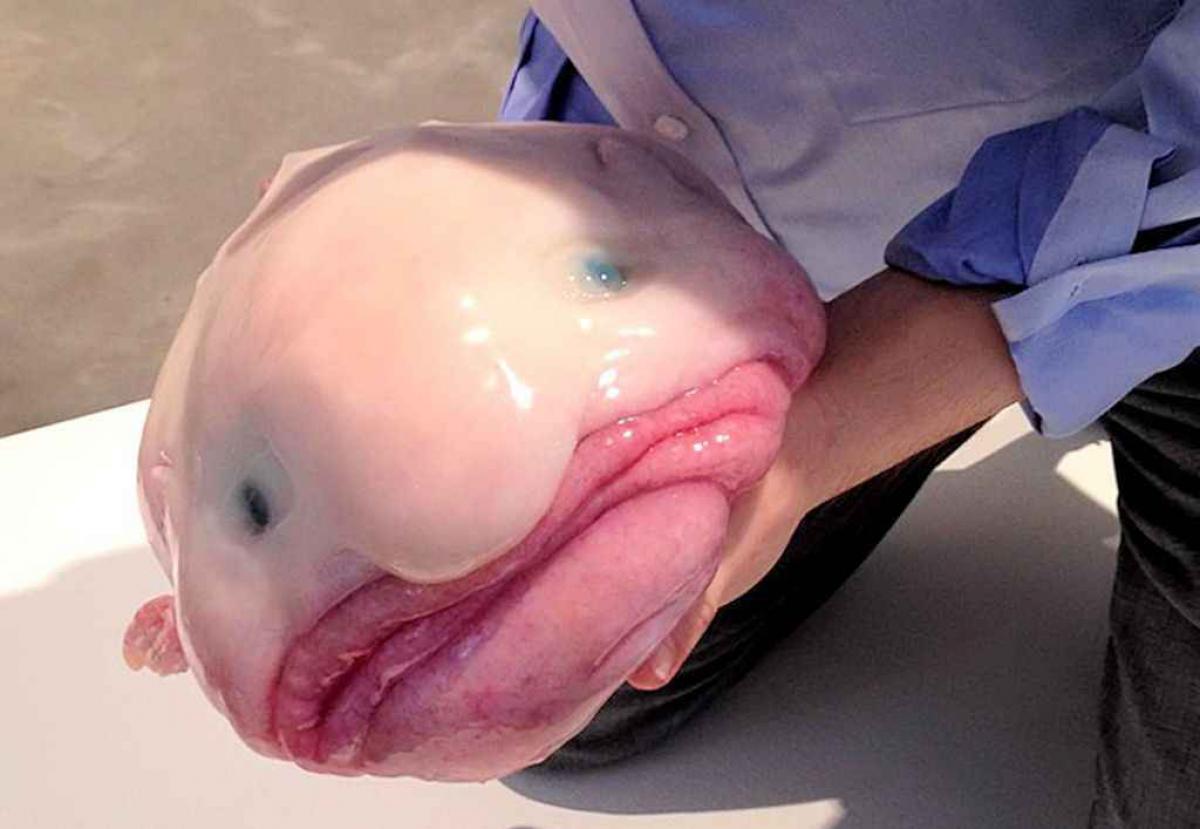
Another Australian habitant, the blobfish is perhaps the ugliest fish you’ll ever see. Because of the remote region and great depths it lives at it is rarely seen, but its ugly face is legendary. To handle the extreme pressure of the deep ocean it developed a gelatinous body, which has a lower density than the water around it. What this means is the fish floats above the ocean floor and doesn’t need muscles to do any swimming. The way it eats is simple – open your mouth and swallow everything that moves, what an easy life.
Platypus
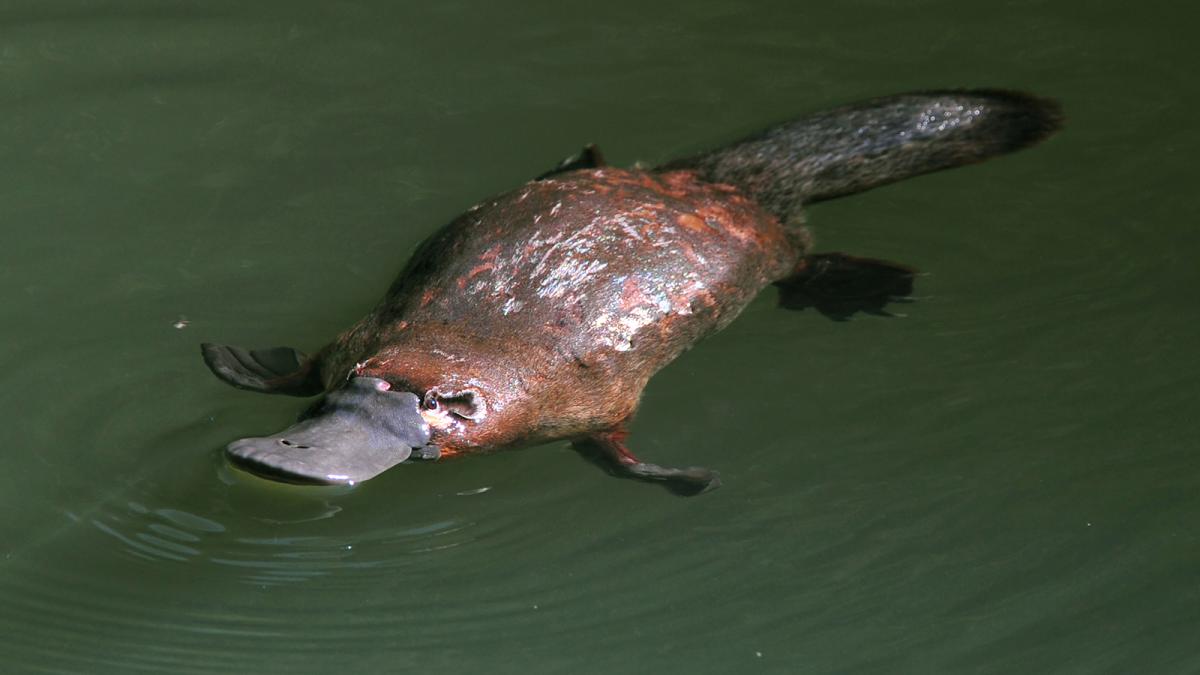
Maybe the most iconic Australian animal next to the kangaroo, the platypus is one of the only mammals, which lay eggs instead of giving birth. It looks kind of like a beaver(it likes to swim) with a duck beak on its mouth, on top of that it is also poisonous. After being hunted for some time because of its fur, the platypus was put under protection and today it is not under immediate danger from hunting or pollution. Because of its unique appearance it is a favorite for studying amongst scientists.
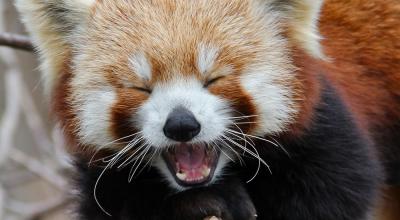
Leave a Reply